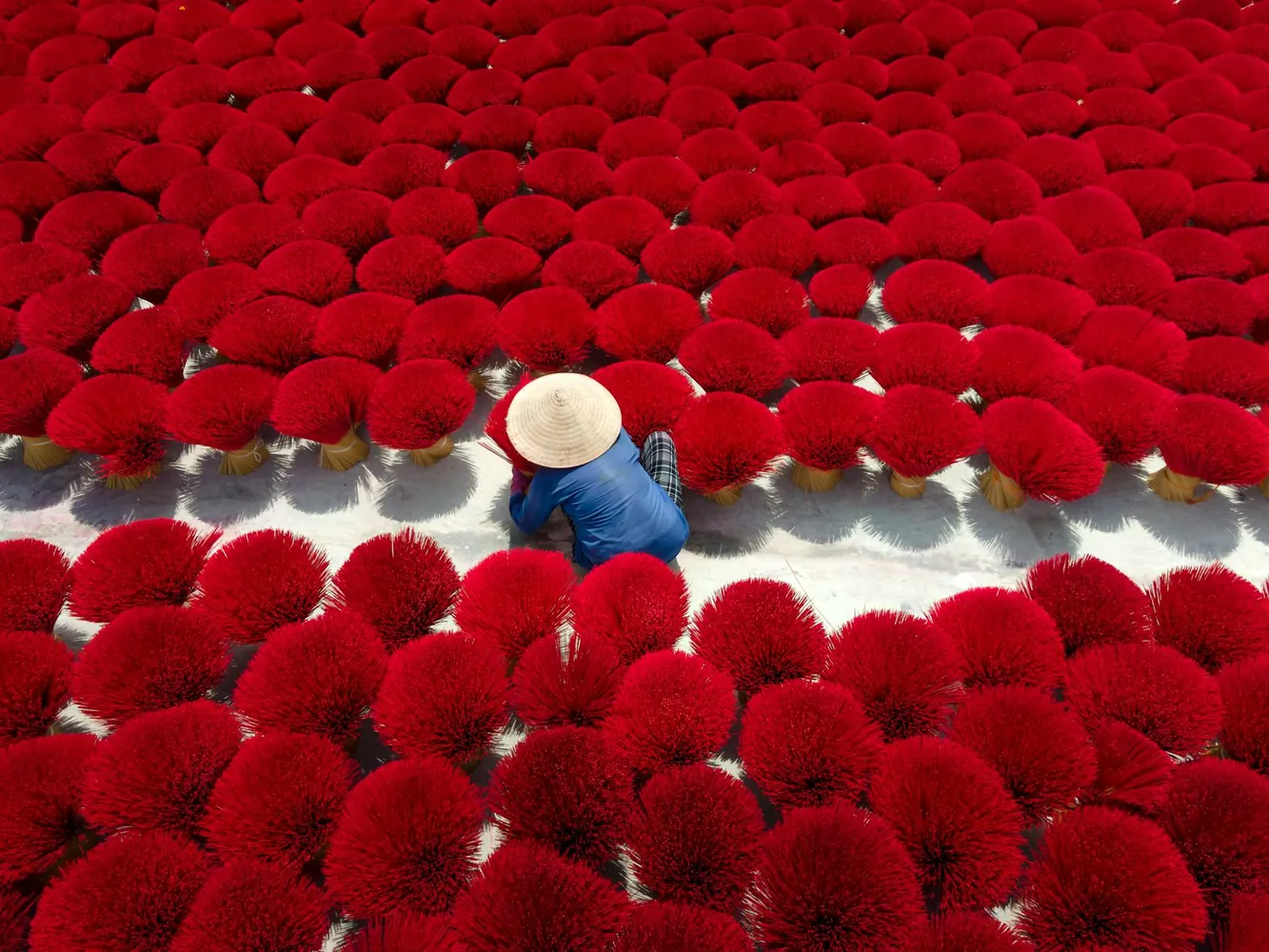Engaging with Local Artists in Southeast Asia's Lesser-Known Regions

Discovering Authentic Artistic Expressions
Traveling through Southeast Asia offers a unique opportunity to immerse yourself in a rich tapestry of cultural expressions. In lesser-known regions, the local art scene often provides a more authentic glimpse into the lives and stories of the community.
These areas are not just about landscapes; they're vibrant with creativity that speaks to history, beliefs, and everyday experiences. Engaging with local artists here means engaging with living stories that might otherwise remain untold.
Why Focus on Lesser-Known Regions?
Lesser-known regions in Southeast Asia tend to offer a more genuine encounter away from the bustling tourist tracks. Here, you can connect directly with artists who are inspired by their immediate surroundings rather than commercial demands. By exploring these areas, you contribute to preserving cultural heritage and sustainable tourism.
Consider Sapa in Vietnam, where Hmong weavers create stunning textiles using traditional methods, or Luang Prabang in Laos, where monks practice ancient art forms. Each location offers something unique and provides insight into regional cultures.
Strategies for Meaningful Engagement
Engaging with local artists requires sensitivity and respect. Here are some strategies to ensure that your interactions are both enriching and ethical:
- Research Ahead: Learn about the region's artistic traditions before you visit. Understanding the basics will help you appreciate the nuances of the art forms.
- Support Local Workshops: Participate in workshops offered by local artists. Not only will you learn a new skill, but you'll also support their livelihood.
- Ask Open-Ended Questions: Show genuine interest by asking questions about their techniques, inspirations, and life stories. This opens doors to deeper conversations and connections.
- Purchase Wisely: If you decide to buy art, ensure it's from a reputable source that compensates artists fairly. Avoid mass-produced items marketed as 'local crafts.'
Example: A Day in a Cambodian Pottery Village
Imagine spending a day in Kampong Chhnang, Cambodia, known for its rich pottery tradition. You start by visiting a family-run pottery workshop nestled along the river. Here, you're welcomed with smiles and warm greetings.
You take part in a hands-on workshop where you learn how to shape clay into pots using ancient techniques passed down through generations. The instructor shares stories about the significance of each design motif, deepening your appreciation of the craft.
As the day ends, you sit down with the family for a meal prepared using local ingredients, further immersing yourself in the culture. Purchasing a piece of pottery as a memento supports the community and provides a tangible connection to your experience.
Navigating Cultural Sensitivities
Cultural sensitivity is paramount when interacting with local artists. Here are practical tips to navigate these situations effectively:
- Respect Traditions: Understand that some art forms may have religious or ceremonial significance. Always ask for permission before photographing or touching artwork.
- Dress Appropriately: Many artists work in culturally conservative environments. Dressing modestly shows respect and consideration for local customs.
- Learn Basic Phrases: Even a few words in the local language can break barriers and show respect for their culture. Simple greetings or expressions of thanks go a long way.
A Scenario in Batik Villages of Indonesia
Visiting a batik village in Yogyakarta allows you to witness the meticulous process of this traditional dyeing technique. As you watch an artist delicately apply wax designs onto cloth, you realize the importance of patience and precision in this craft.
You engage with the artist through a local guide who translates your questions about patterns and dyes. The artist explains that each pattern tells a story, from family history to personal beliefs.
Your respectful curiosity leads to an invitation to join them for tea, where cultural stories flow freely, bridging gaps between your world and theirs.
Checklist: Preparing for Your Artistic Journey
- Research: Gain background knowledge on local art forms and cultural significance.
- Connect: Reach out to local art communities via social media or travel forums before arriving.
- Workshop Enrollment: Register for available workshops ahead of time, securing your spot.
- Packing Essentials: Bring a notebook for jotting down stories, a camera for permitted photography, and appropriate attire for cultural sensitivity.
The Lasting Impact of Art Encounters
Your journey through Southeast Asia's lesser-known regions can leave a lasting impact, both personally and for the communities you visit. By actively engaging with local artists, you contribute to the preservation of cultural heritage while gaining invaluable insights into human creativity and resilience.
Remember that your travels are more than just sightseeing; they're opportunities for genuine exchanges that enrich both your life and those of the artists whose paths you cross.
